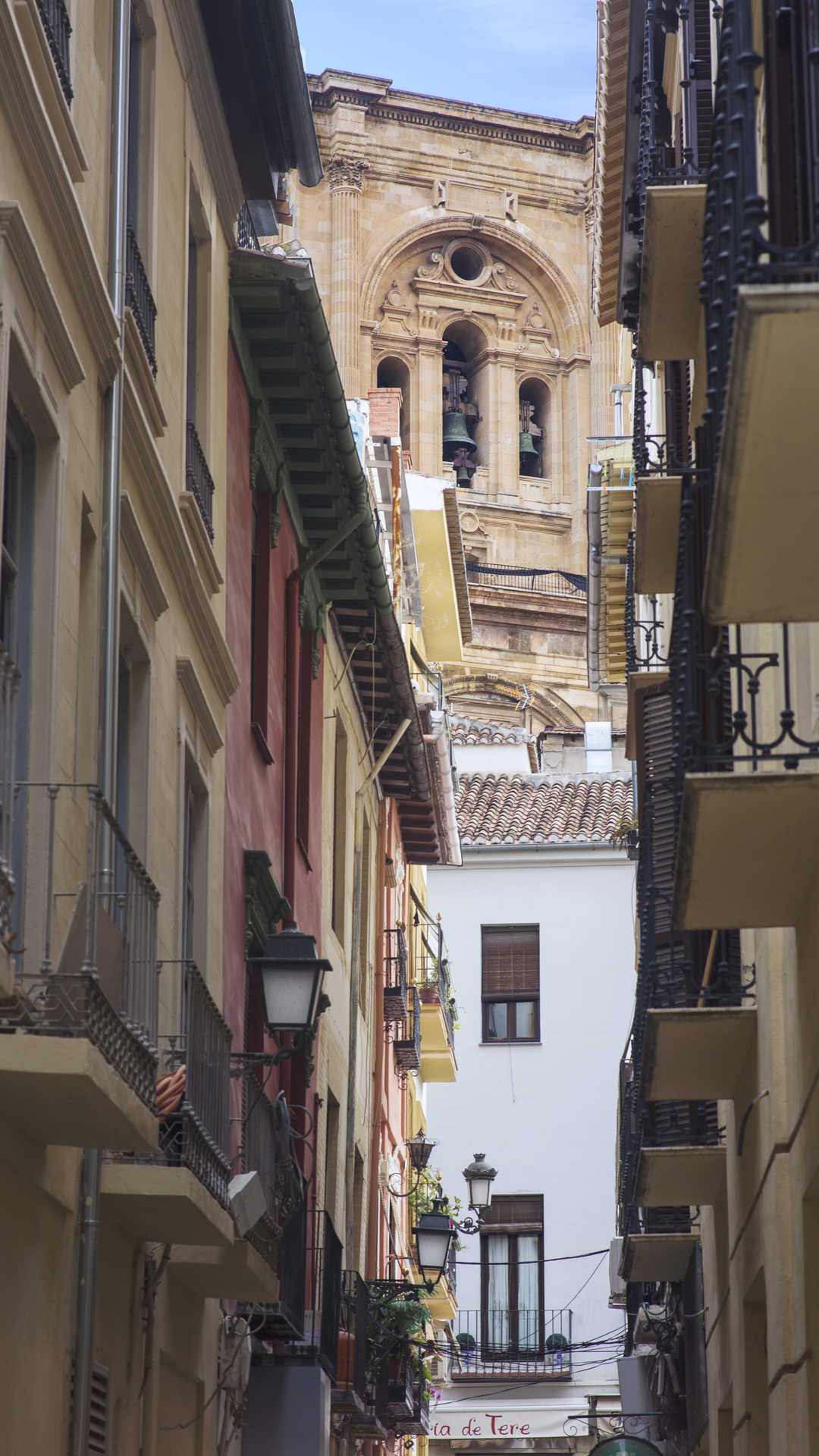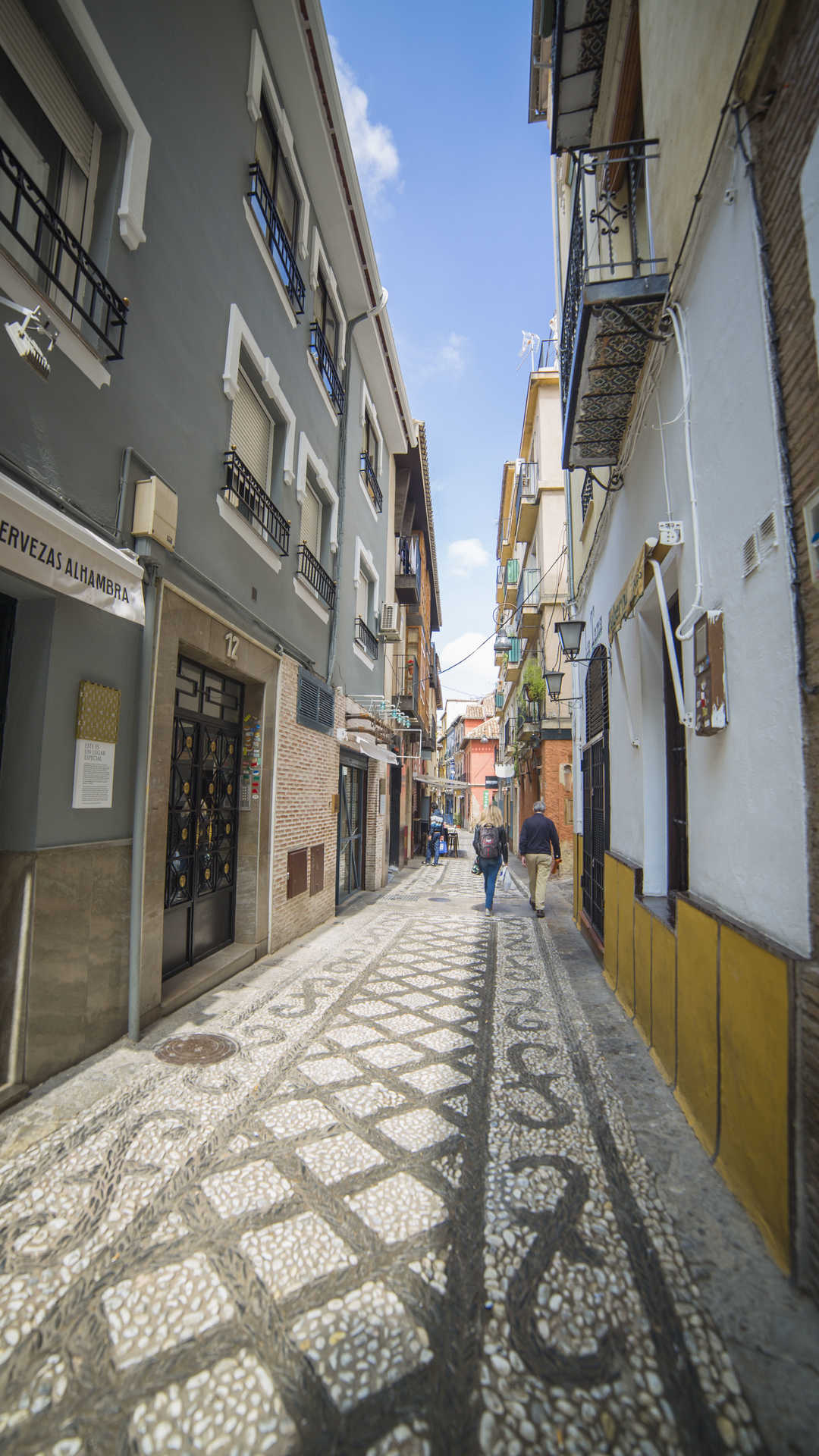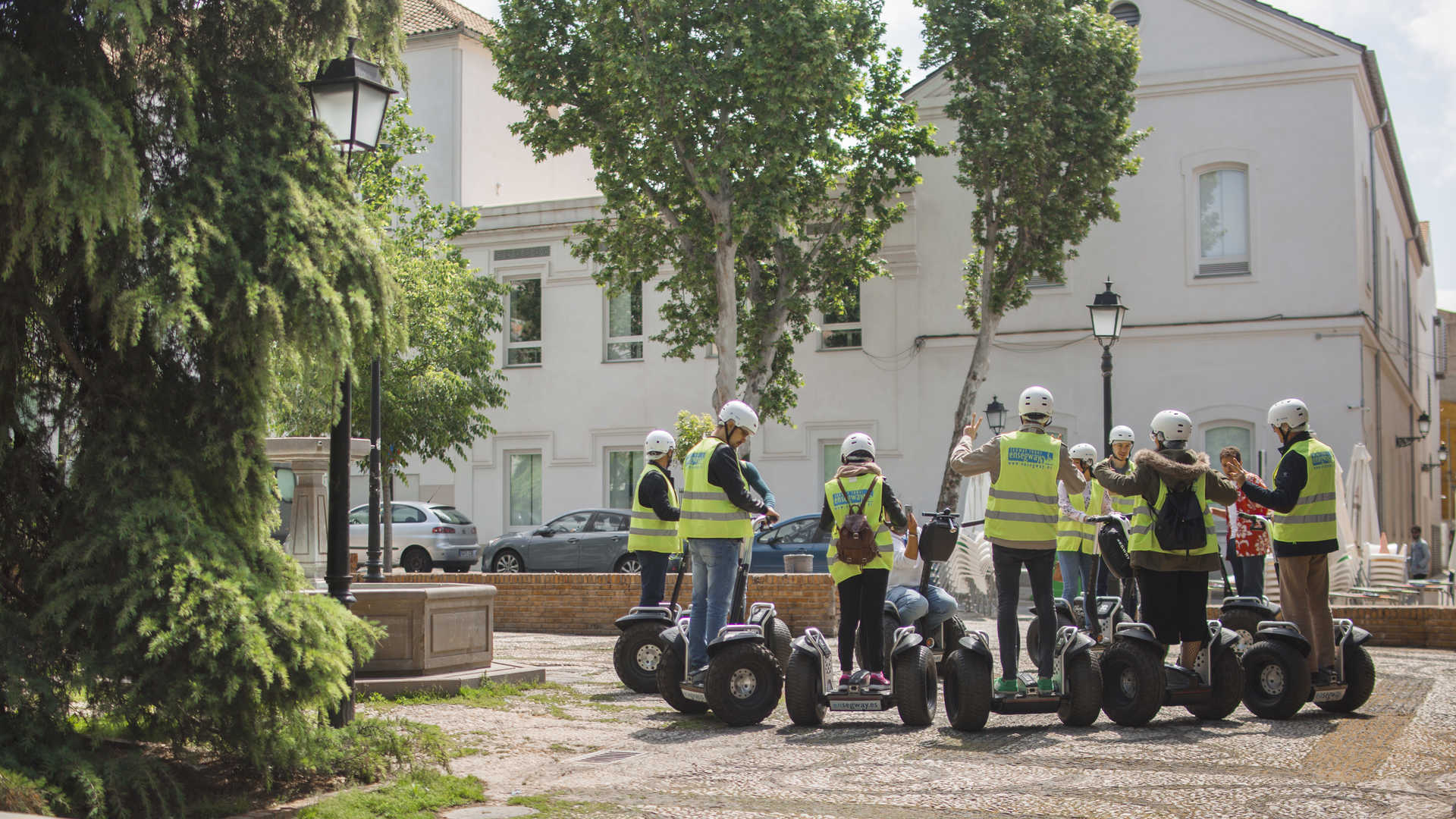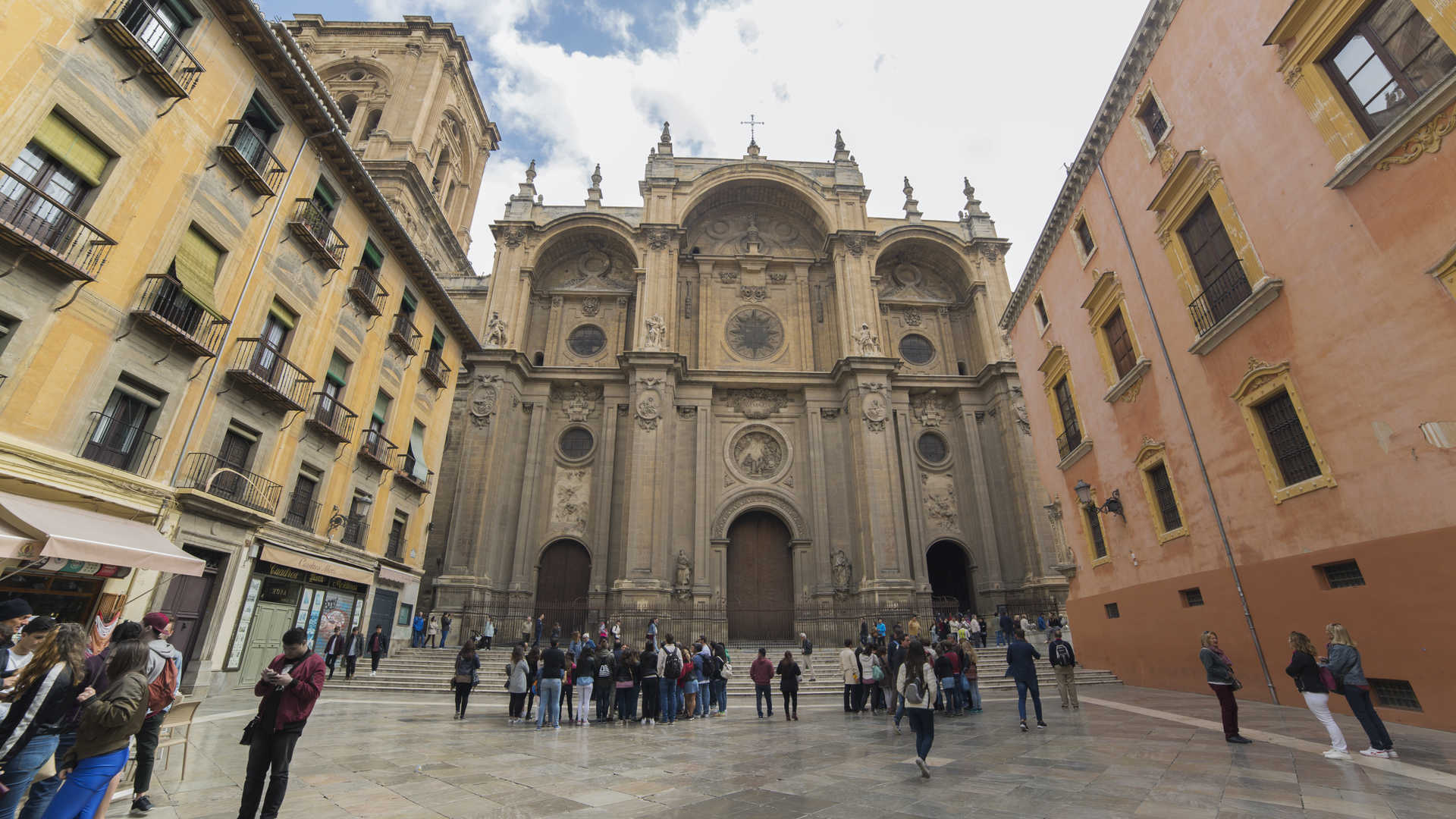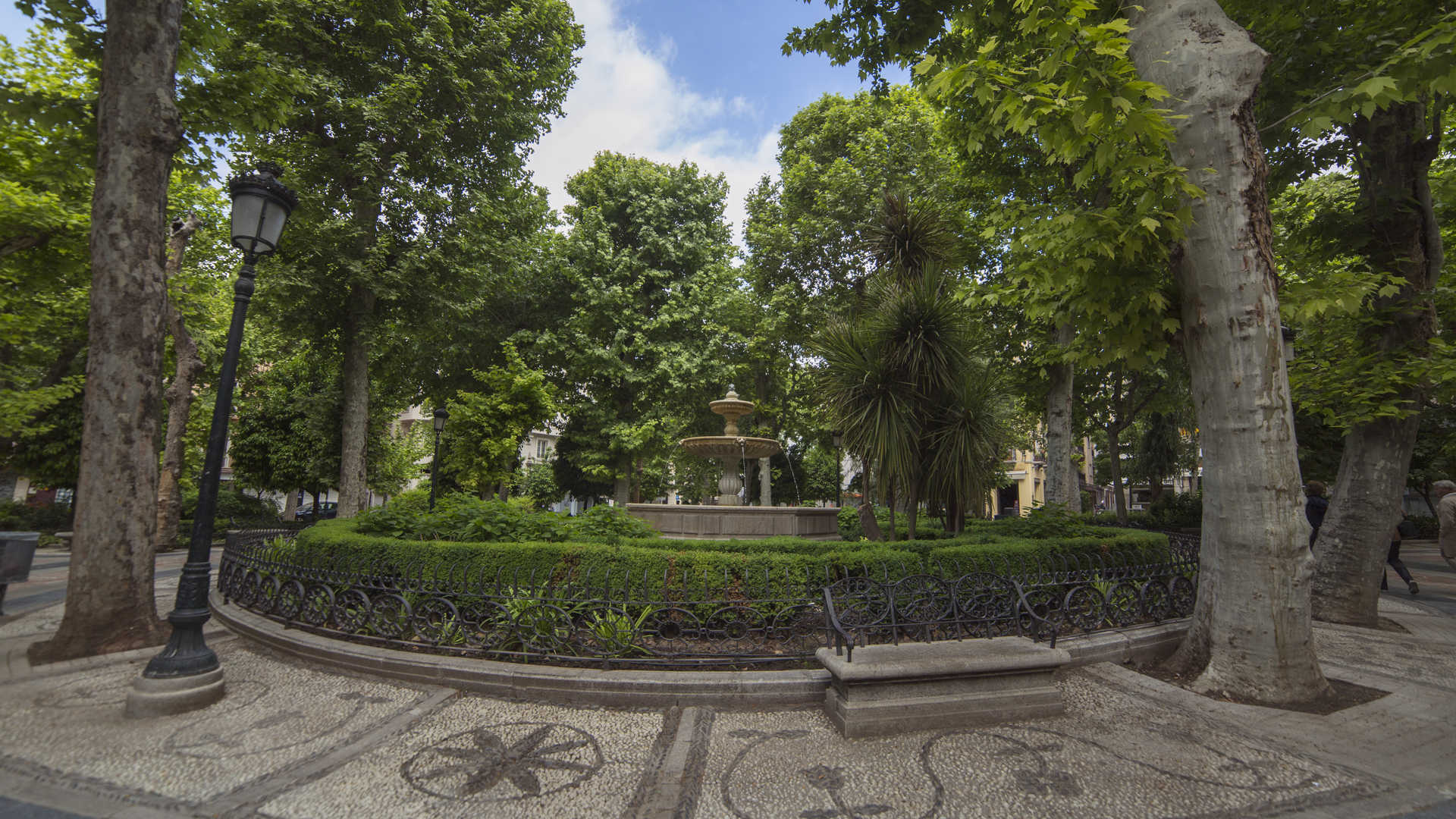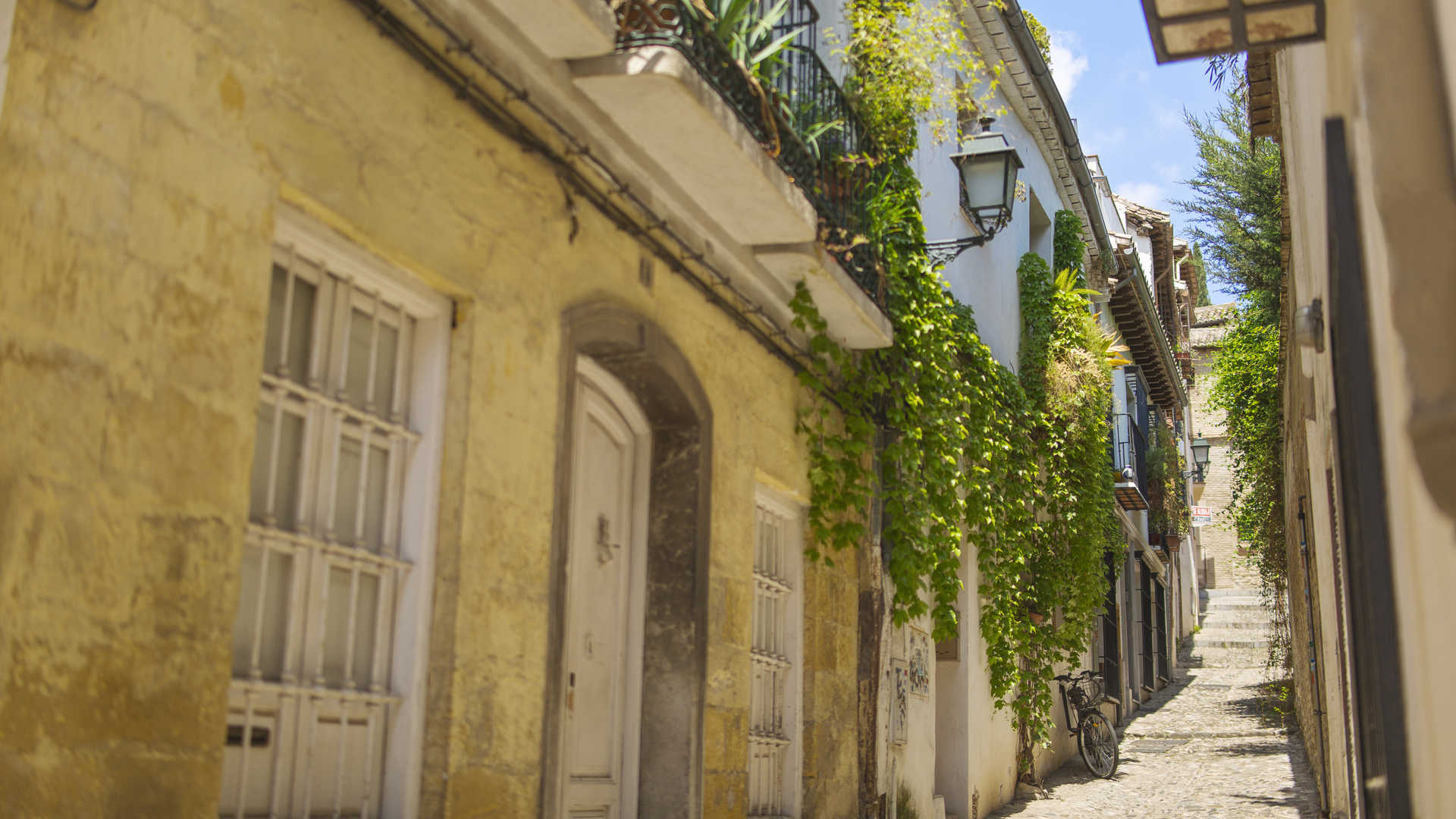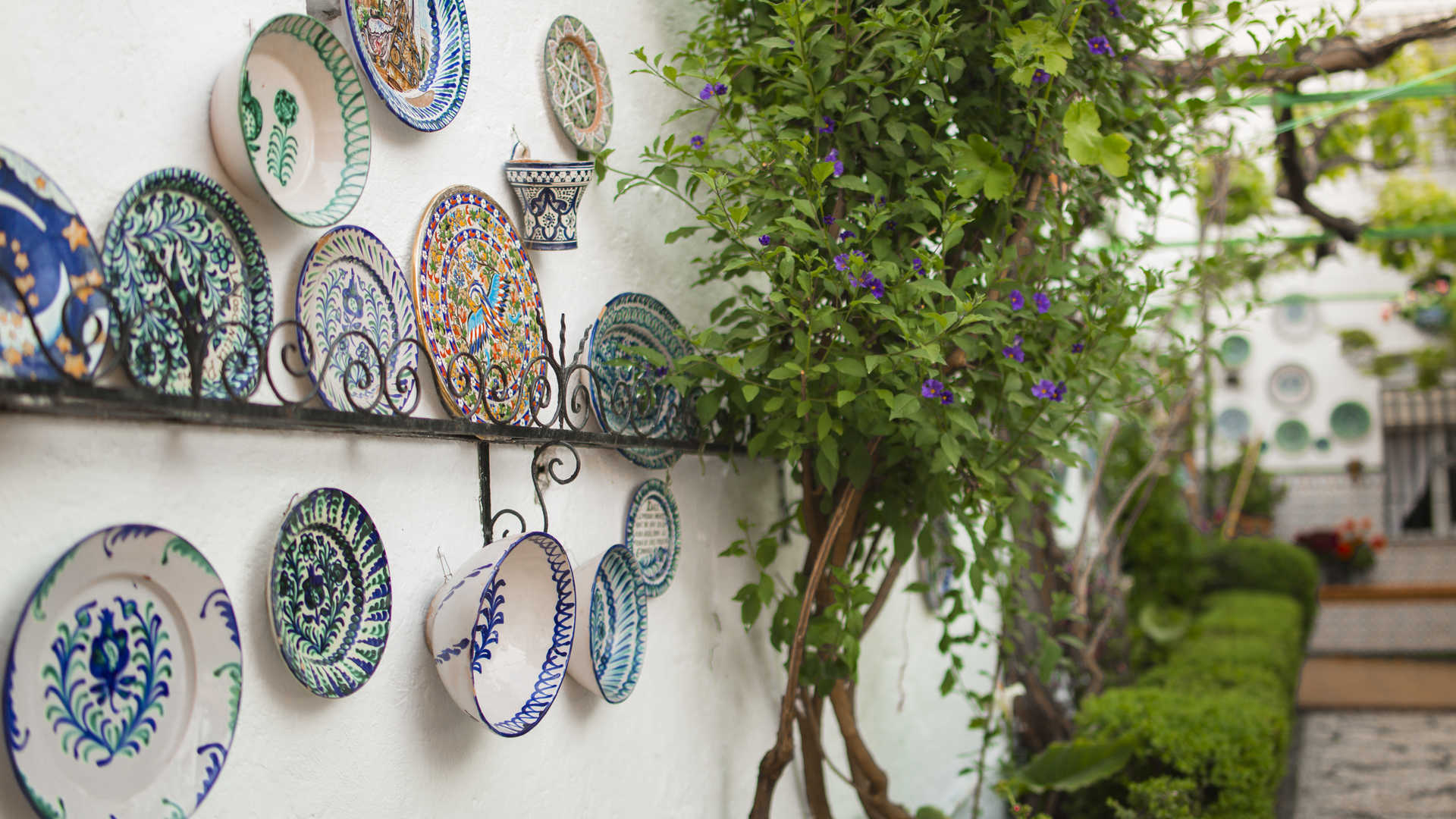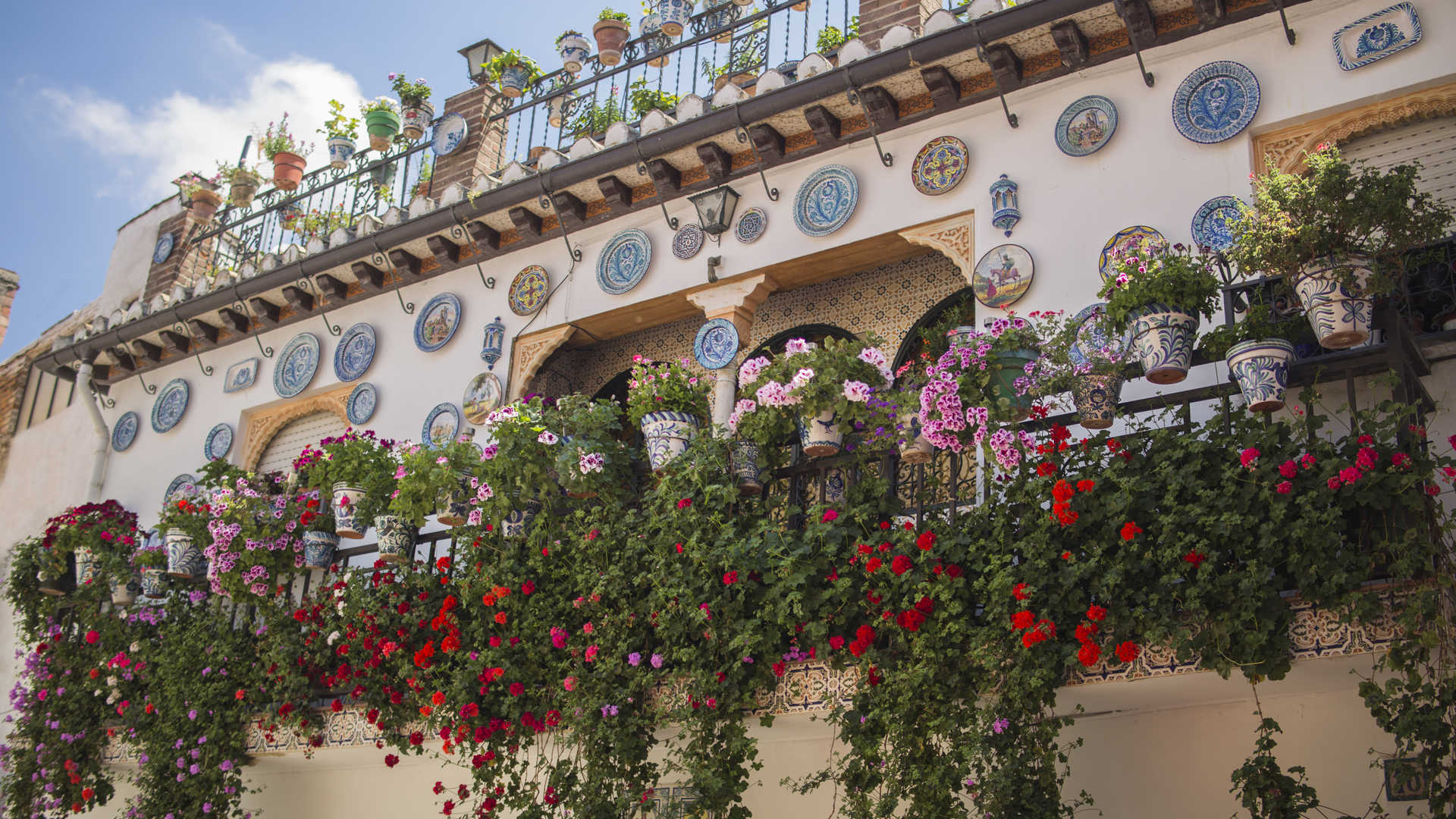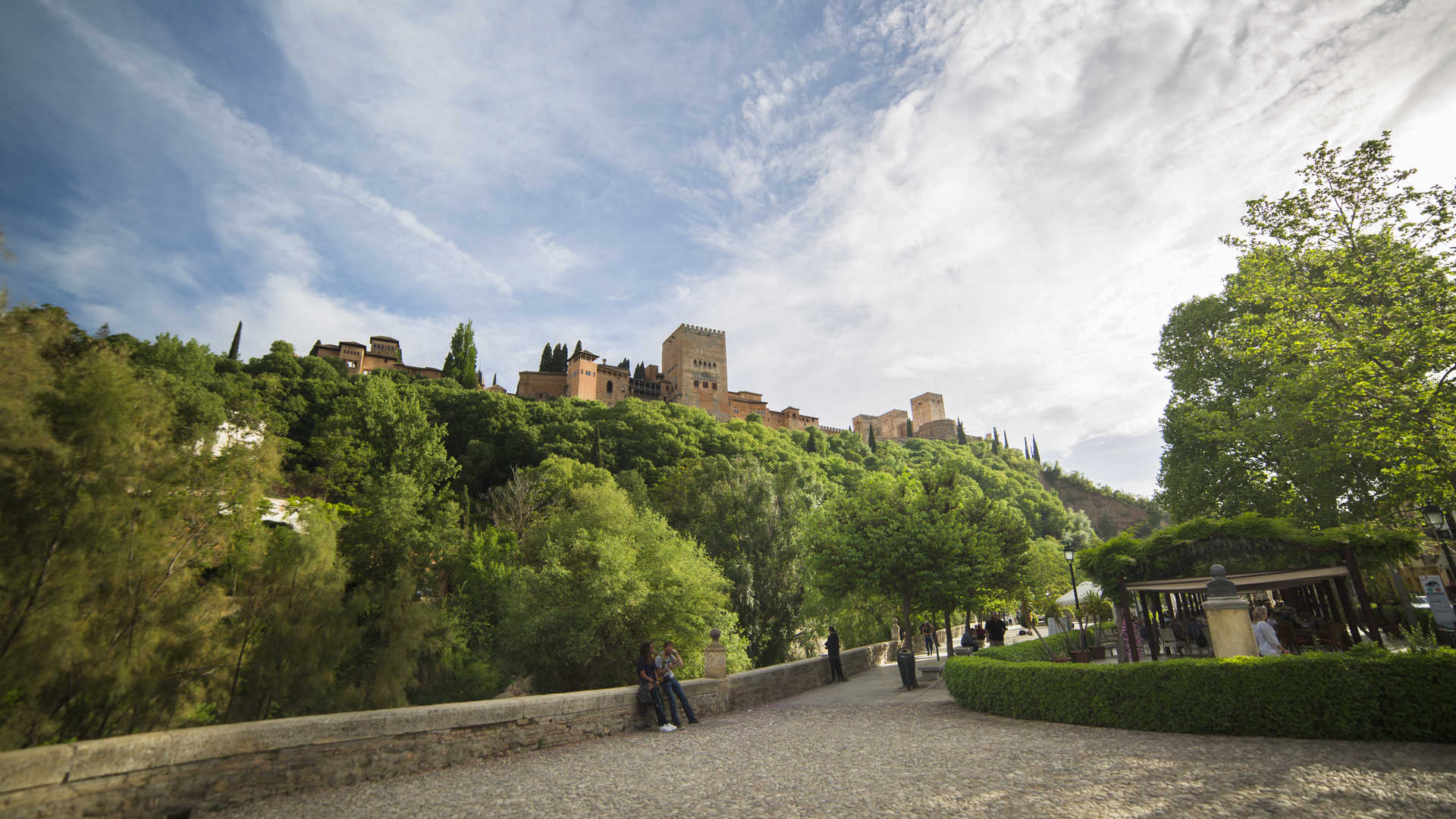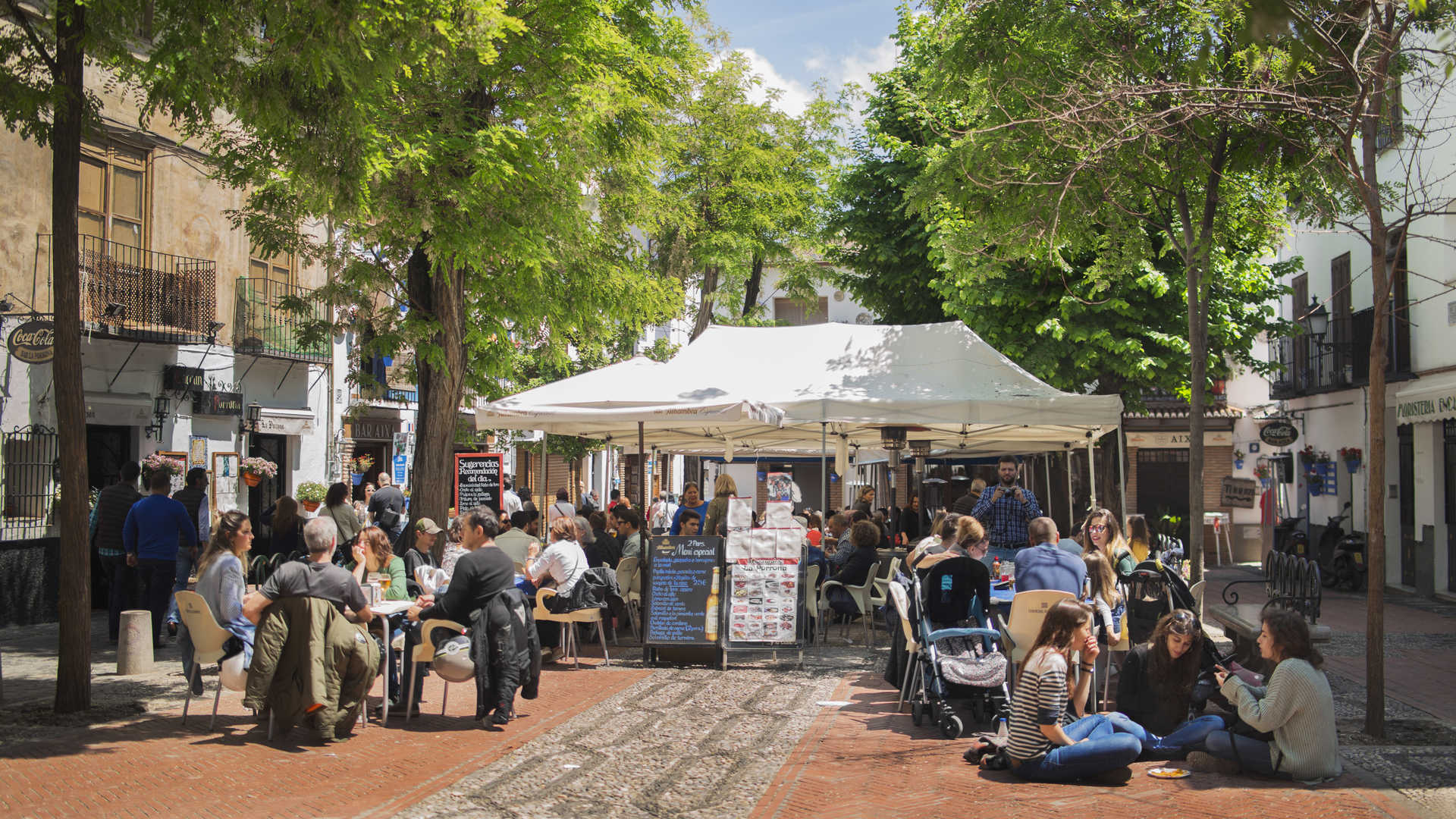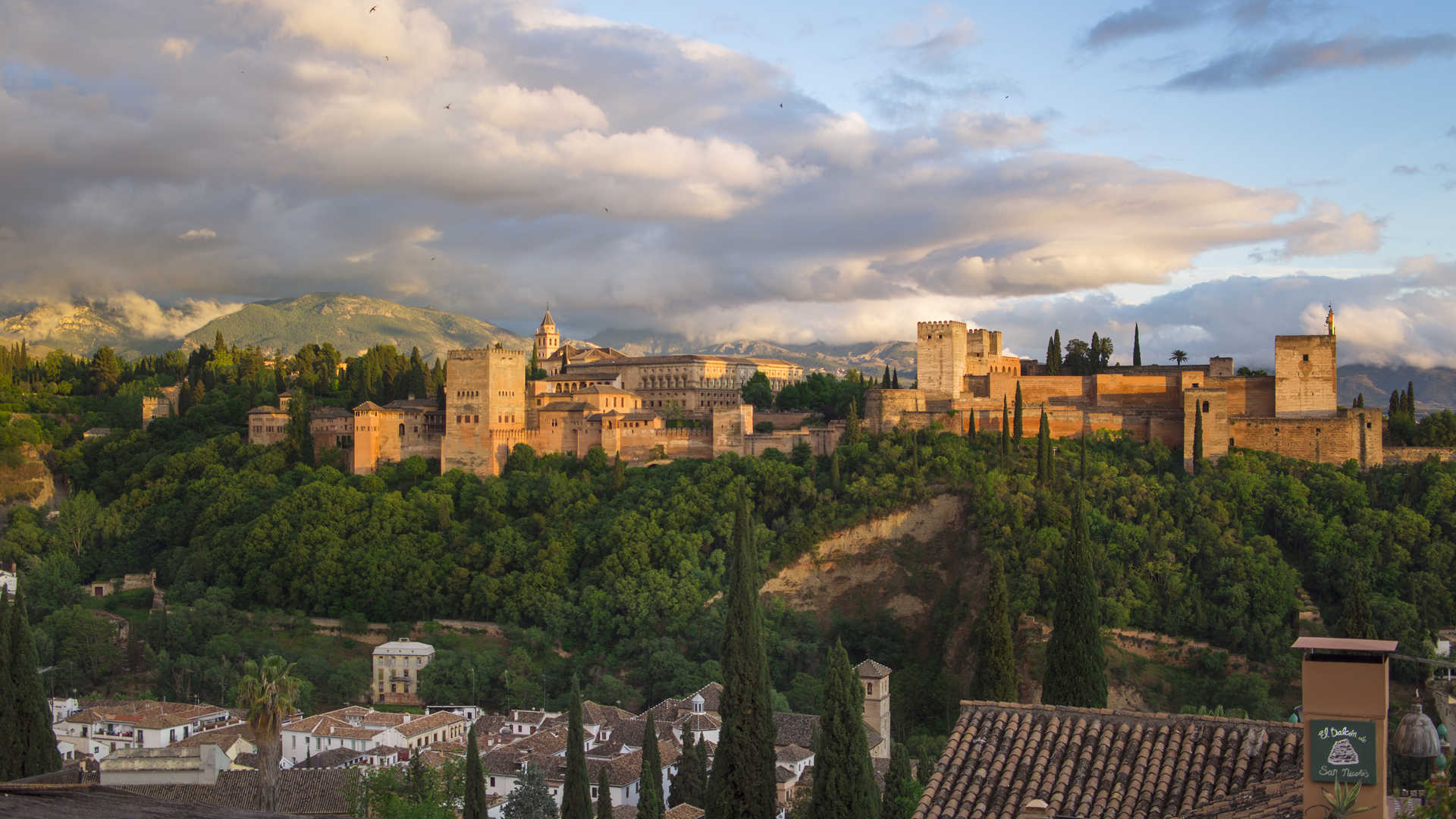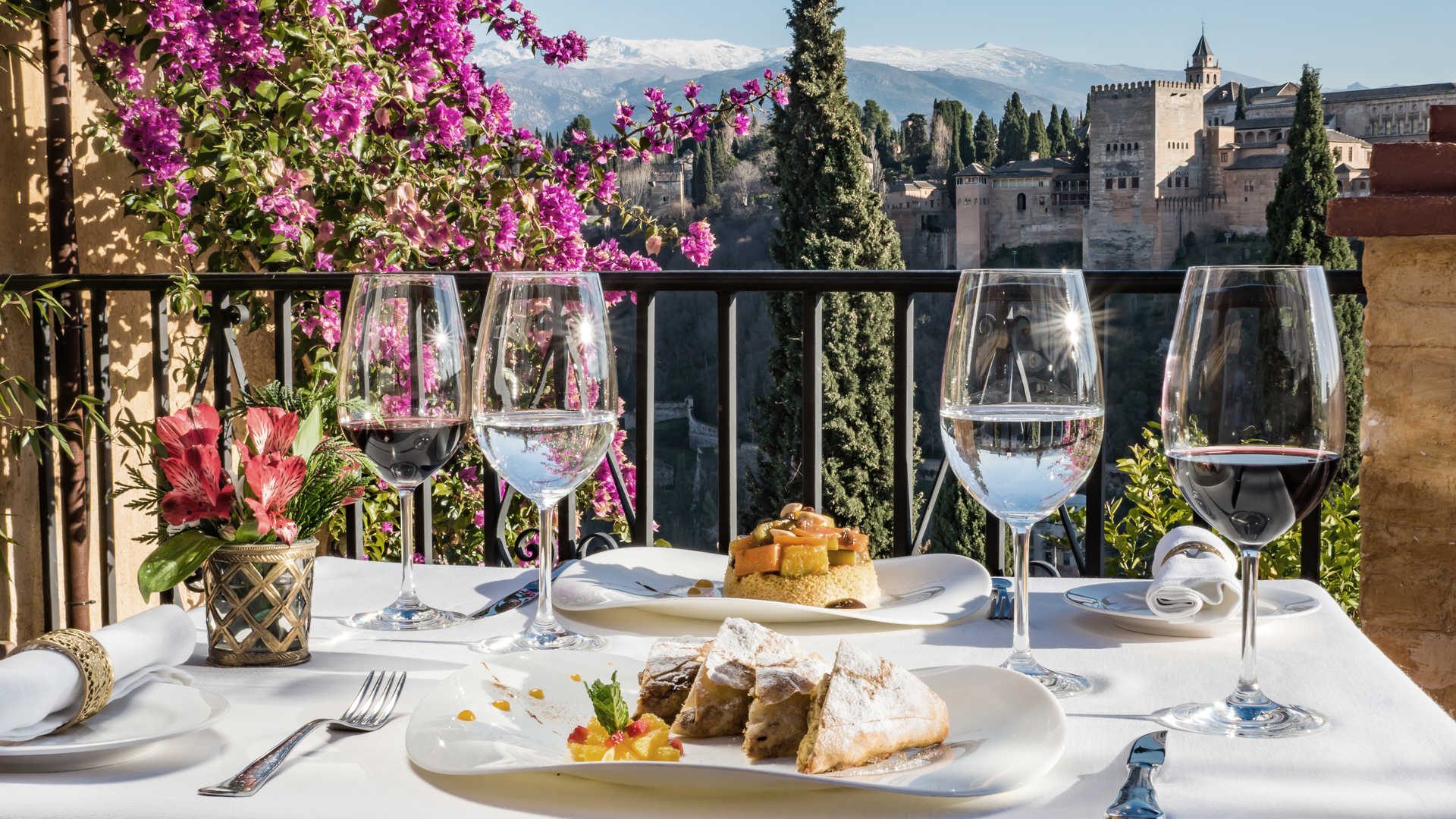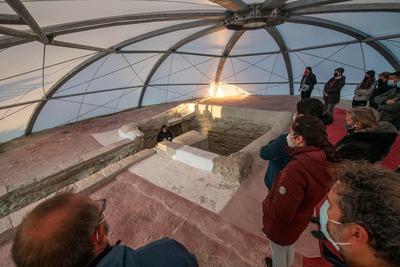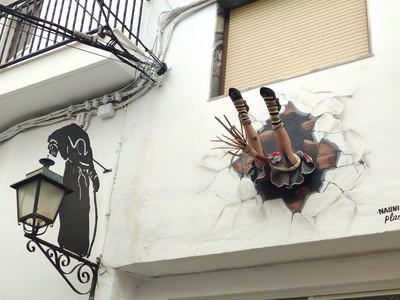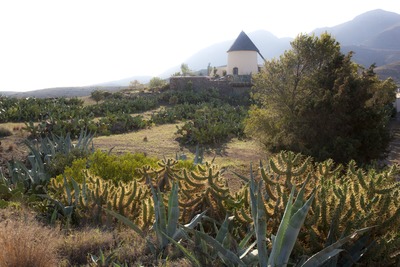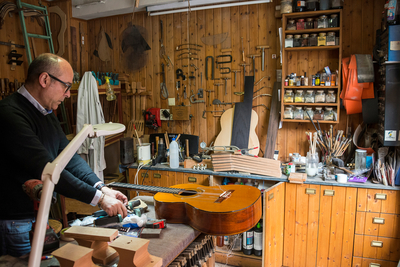A trip through Granada's three most historical neighbourhoods
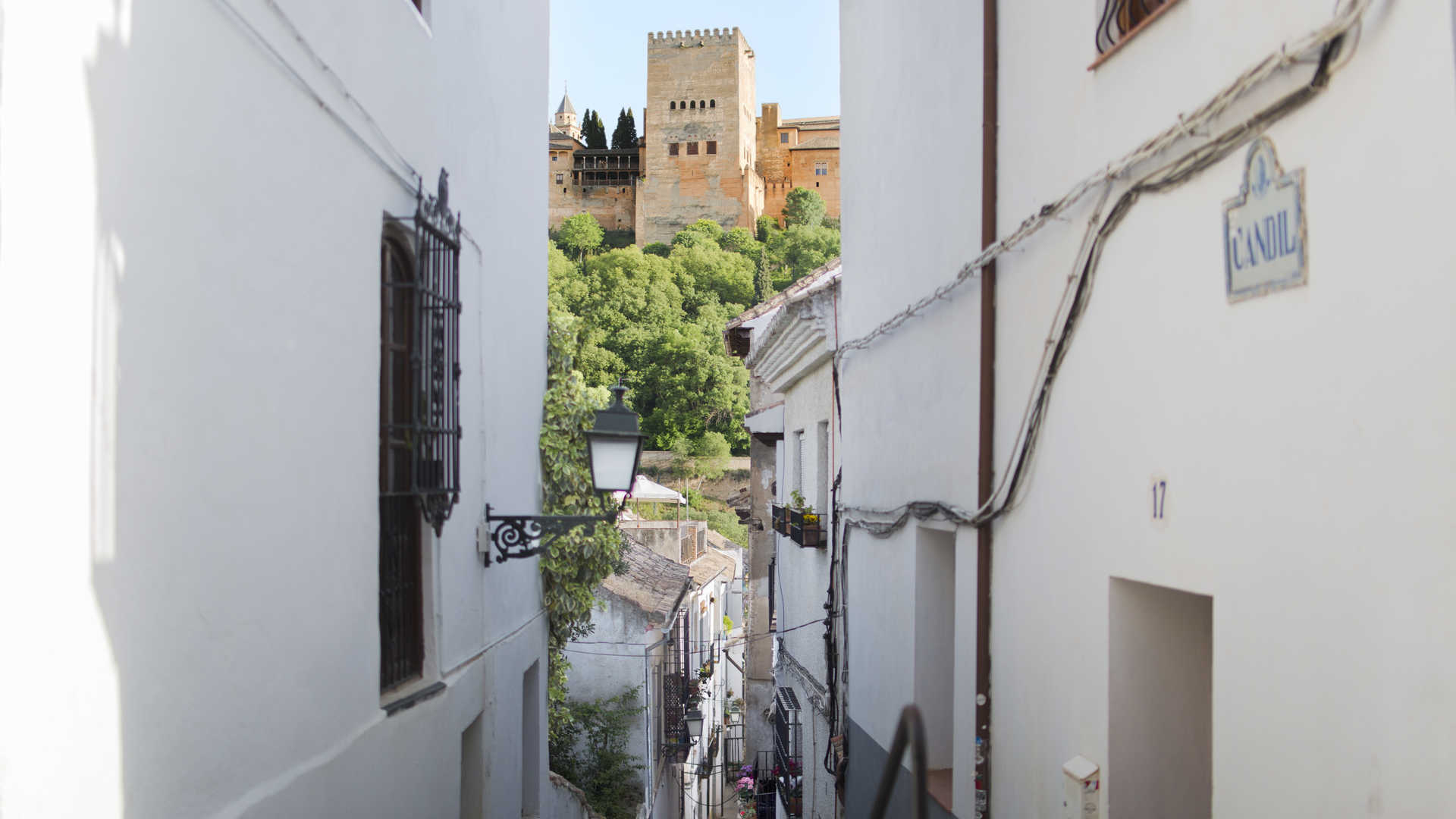
Explore Granada's most traditional neighbourhoods: El Realejo, El Centro and El Albaicín.
Discover their history, the little corners and where to eat.
Come and visit El Realejo-San Matías. Enjoy Granada's culture and gastronomy.
Popularly shortened to El Realejo, this neighbourhood originated during the Moorish era. Its name comes from the time of the Reconquest, when the Catholic Monarchs took possession of the properties of the Nasrid royal family. The Jews were obliged to live here and at that time it was known as Gharnata Al-Yahud (or Granada of the Jews).
El Realejo is divided into two very different areas where you can stroll around. First, you have the Sabica and Mauror hillsides, a delightful maze of narrow streets paved with typical Granada-style cobblestones. This section is mostly residential and very quiet, ideal to relax and unwind away from the more crowded areas.
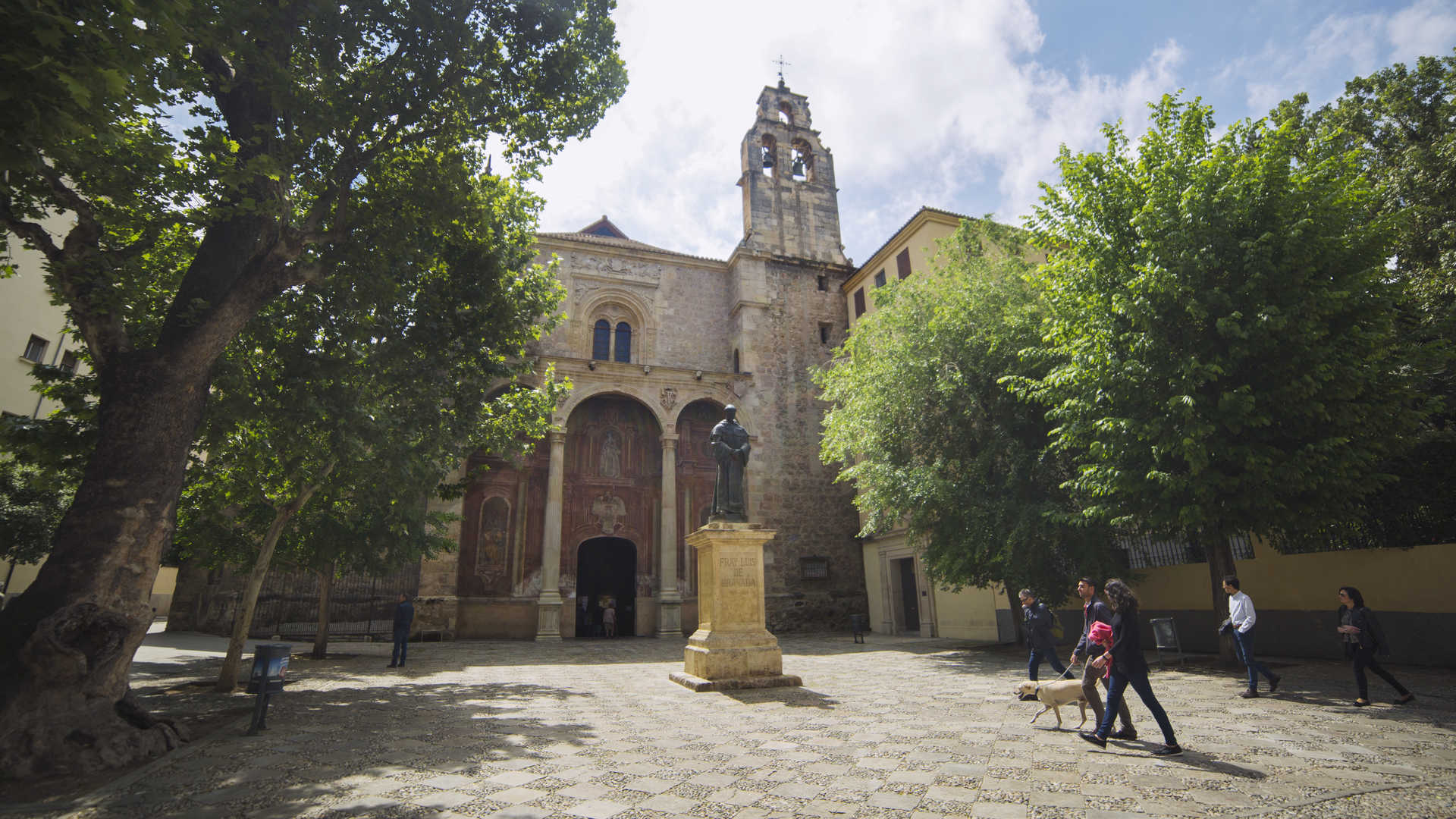
Nearby there is a lookout point with views over the Albaicín, the La Churra lookout point, one of the most unknown and impressive in Granada.
Then there is a flat area, once the Jewish Quarter, located, between the Church of Santo Domingo, with the statue of Fray Luis de Granada in the square, and the Plaza del Padre Suárez. This is where you'll find the heart of the neighbourhood, Campo del Príncipe, a busy place where jousts and religious celebrations were once held.
El Realejo is currently a major cultural point of reference for Granada. Here you'll find places of interest such as the Alhambra Theatre, the Palace of the Condes de Gabia, and the Casa de los Tiros Museum in the renowned Calle Pavaneras, where many Jewish craftsmen had their workshops and businesses in ancient times.
And if you're looking for a different way to learn about the history neighbourhood, there is a selection of routes you can take by segway.
And don't forget your palate! The area is also renowned for its gastronomy. Bars and restaurants like Los Diamantes, the Asador de Castilla and the Alacena de las Monjas would satisfy the most voracious appetite.
Discover the Centro-Sagrario and the impressive Cathedral of Granada.
Centro-Sagrario or El Centro was and continues to be the genuine heart of Granada. Commerce was one of the strong points of this area in the 8th and 9th centuries. Nowadays. commerce is still one of its emblems. A neighbourhood which also preserves its historic value in every nook and cranny, making it one of the oldest in the city.
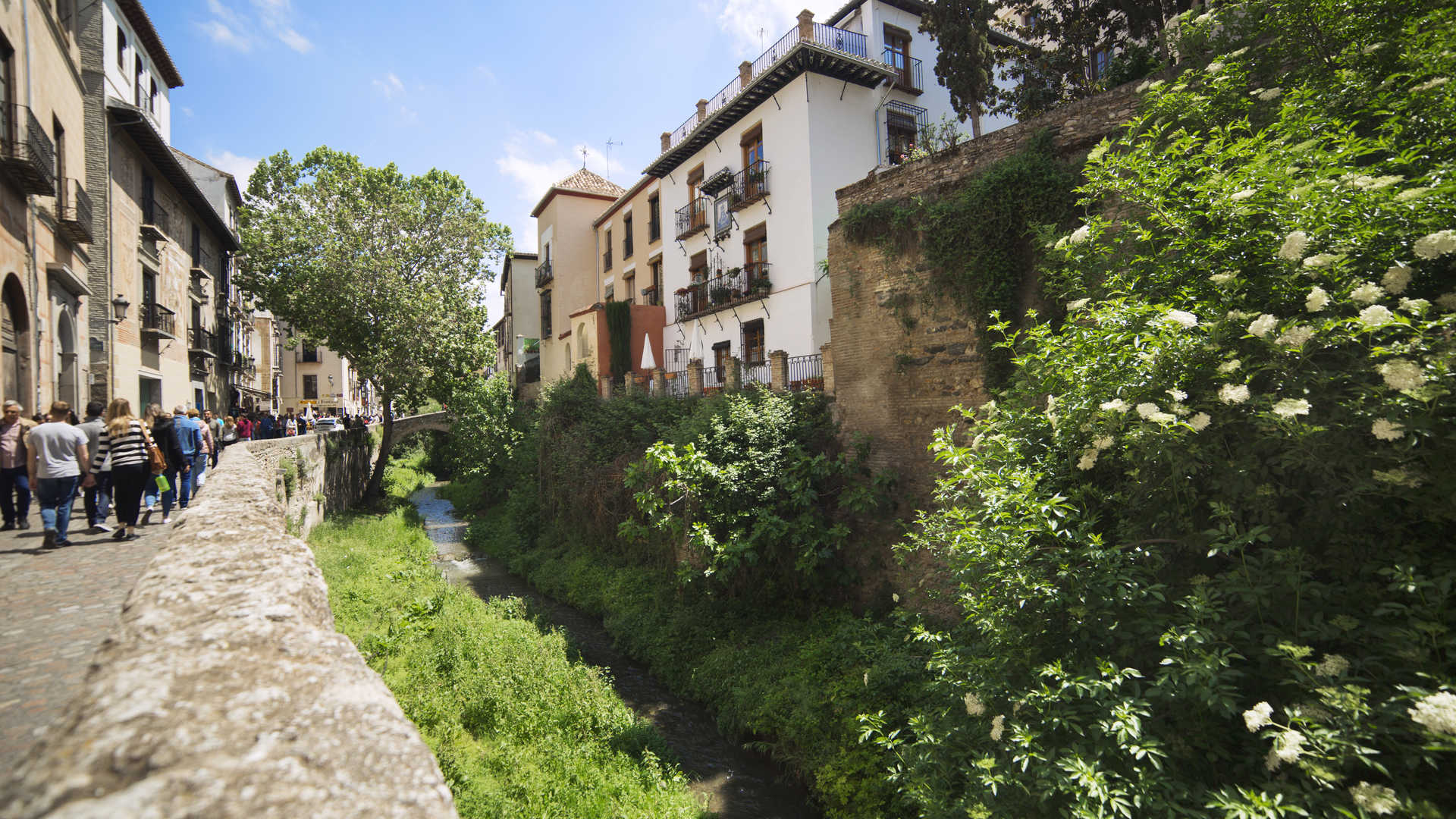
The essential feature of El Centro is the Cathedral of Granada. The church was built by order of the Catholic Monarchs over the Main Mosque, and it is considered to be a masterpiece of the Spanish Renaissance. Once inside, remember to take a look at the Chapel of San Miguel and the Main Chapel.
In this district you can enjoy the sunshine in squares which are packed with history. Start with Plaza Nueva, the oldest square in Granada. In the surrounding area you'll find historic buildings like the Chancery or the Casa de los Pisa. The square is still really busy and it's a perfect place to eat and drink on one of the terraces while enjoying the sunshine.
There are more places for you to relax and enjoy the history of Granada: the Plaza de la Trinidad, located in the shopping area and the Plaza Bib-rambla, the most popular in the city.
Albaicín, the old Moorish quarter and the best views of the Alhambra.
You are now in Granada's oldest neighbourhood, El Albaicín. It is not only one of the most popular, it was also declared a World Heritage Site in 1994.
The entrance is traditionally through the Elvira Gate, the former entrance to the city during the time of the Zirí Kingdom.
All streets maintain the cobblestones intact. They are narrow, delightful and you catch the scent of jasmine everywhere you go. Just like in El Realejo, the district is surrounded by beautiful Carmens where the green of the vegetation abounds.
Before continuing upwards, do not miss the Alcaicería, the Moorish market where you'll find souvenirs and local handicrafts.
And you should not leave Granada without taking a stroll along the Carrera del Darro as far as the Paseo de los Tristes, at the foot of Alhambra. The walk is usually livened up by street musicians and is full of terraces where you can satisfy your hunger. Don't miss out on the Casa del Chapiz, a construction of Moorish origin made up of two adjoining Moorish houses. A structure which is an incredible blend of Christian and Moorish elements.
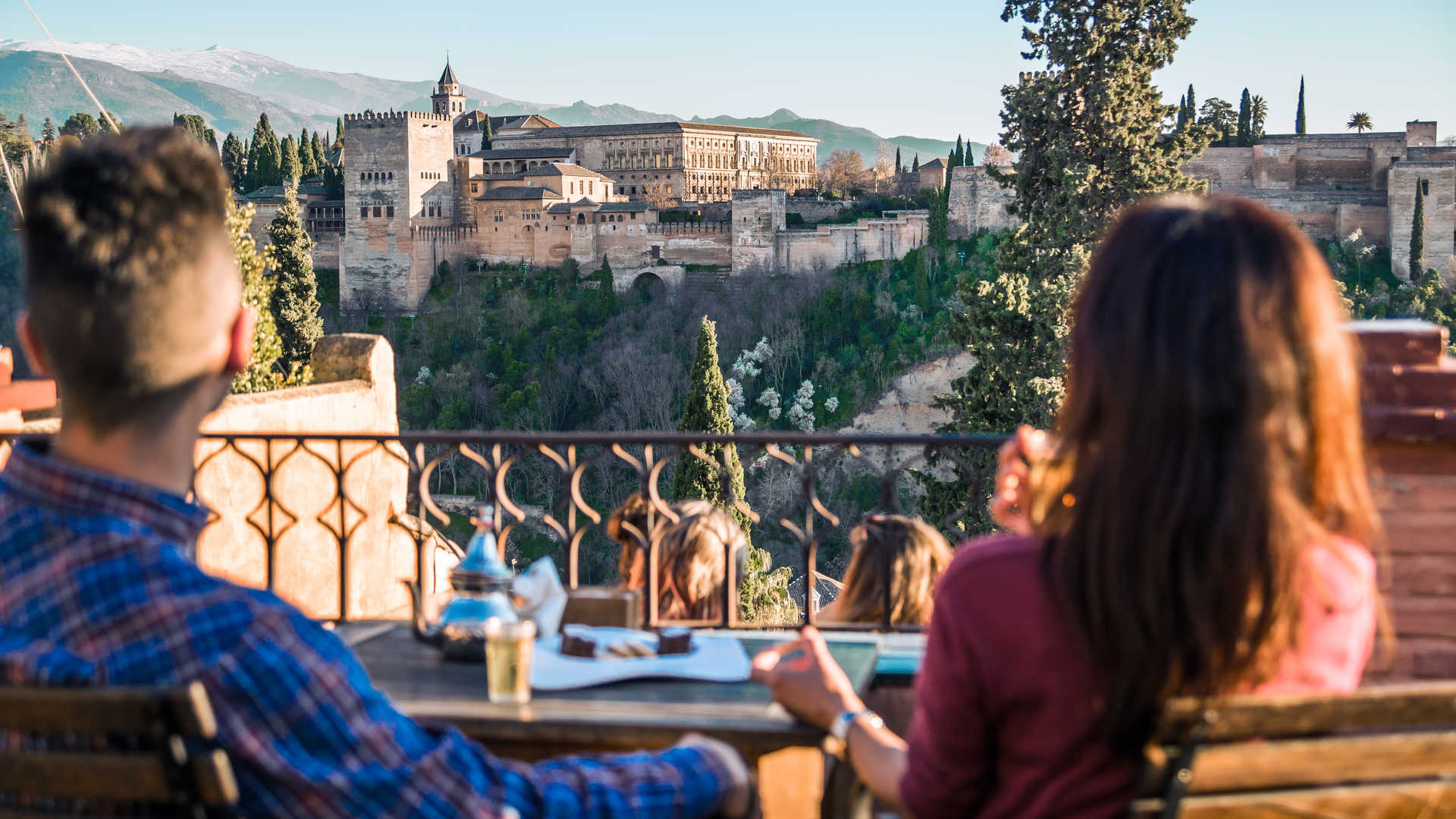
Discover Granada at its most entertaining in the Plaza Larga, an emblematic part of the upper Albaicín. Here there is a fantastic street atmosphere. Relax and enjoy a few tapas in the bars like the famous La Porrona.
Now you reach the most emblematic spot in the city: the San Nicolás Lookout Point. From here you'll get the best views of the Alhambra, as well as sunsets which will take your breath away. After taking some photos and enjoying the panoramic views, you can get something to eat in one of the nearby restaurants. One of the most famous and with views over La Alhambra: El Huerto de Juan Ranas.


